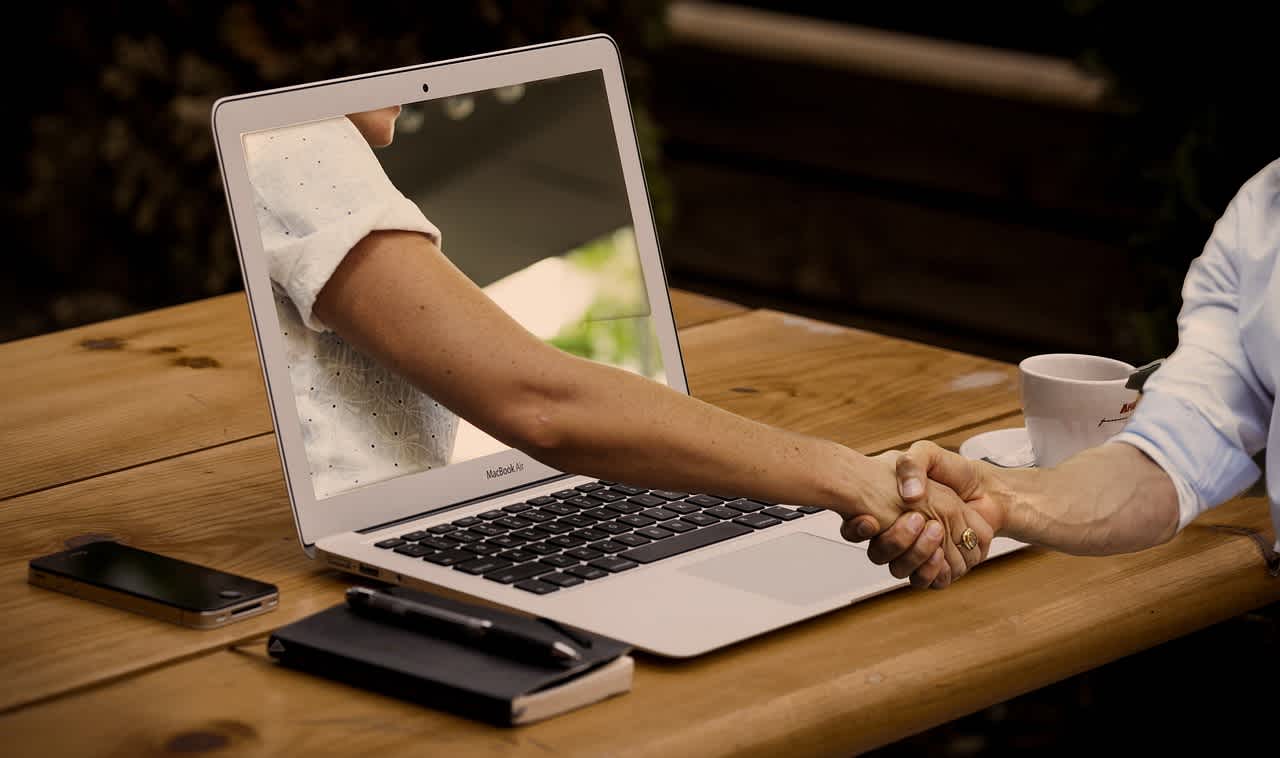Analog Tools that Boost Digital Productivity for Remote Teams
ByJulian Gette
Workast publisher

Workast publisher
According to a recent report, over 32.6 million Americans work remotely, which comes out to be 22% of the workforce. Remote work has completely transformed how offices function, redefining collaboration, accountability, and time management. Yet, as digital tools dominate every corner of modern work, an interesting paradox has emerged, the renewed appreciation for analog tools. In a world where everything happens online, physical tools are making a strategic comeback.
The increasing reliance on digital platforms has certainly improved efficiency, but it also comes with hidden costs. Endless video meetings, notifications, and multitasking across platforms like Slack, Trello, and Zoom can cause mental fatigue and creative burnout. A recent study published in the Journal of Applied Psychology revealed that using analog tools, like handwriting notes, can boost information retention by as much as 27% compared to using digital tools alone.
The hybrid and remote work models have expanded the digital workspace to such a degree that even simple tasks now require screen time. Employees spend hours toggling between tabs and managing software interfaces, which amplifies exhaustion. Incorporating analog tools provides a subtle but powerful balance, helping professionals reduce digital dependence while maintaining productivity.
The value of physical tools isn’t nostalgic, it’s neurological. Handwriting and sketching activate brain regions linked to creativity, memory, and comprehension, while typing engages fewer pathways. Writing by hand helps people process and retain information more effectively.
For professionals immersed in digital workflows, project dashboards, cloud files, chats, and video calls, analog tools add rhythm and relief. Jotting notes, sketching ideas, or flipping through a planner refreshes focus without disrupting momentum.
Analog practices create cognitive breathing space while complementing, not replacing, digital systems. The most effective remote teams blend both, using physical tools to plan and brainstorm, and digital platforms to execute and communicate.
This hybrid thinking has given rise to custom promotional notebooks and branded analog materials for companies. Many organizations now provide employees with physical diaries and planners designed for task tracking, brainstorming, and goal planning. These services help teams create branded notebooks, posters, and analog kits that strengthen engagement and bring cohesion to remote or hybrid workflows. When combined with platforms like Asana or Monday.com, these analog anchors turn task management into a tactile experience, more human, less robotic.
The human brain thrives on variation. Alternating between writing, sketching, and typing activates different neural systems, improving focus, reducing fatigue, and helping information move from short- to long-term memory.
Handwriting slows the brain enough to improve comprehension, while visual planning stimulates creative regions like the occipital and parietal lobes. Physically interacting with work, jotting notes, flipping pages, or moving sticky notes, provides a sense of tangible progress that’s both motivating and satisfying.
In remote work, where communication happens mostly on screens, these tactile experiences ground people, restoring a sense of presence and engagement often lost in digital environments.
Analog tools work best when used intentionally. They’re not replacements for technology but complements that add balance and variation to digital workflows. Many teams now combine these practices with digital collaboration platforms to stay organized, for instance, Workast’s blog on how remote teams can optimize task management explores smart ways to align analog planning with digital execution. Here’s how teams integrate them effectively
Handwritten note-taking is one of the simplest yet most powerful methods. Providing team members with diaries or notebooks encourages focus and deeper engagement. Many organizations schedule short “analog anchor” sessions, dedicated breaks for jotting ideas or brainstorming offline, which help with mental recovery and creative thinking.
Whiteboards, cork boards, and wall calendars offer visual clarity that digital dashboards can’t replicate. Teams often update physical boards for quarterly goals and then upload photos to shared drives. This mix keeps remote members aligned while preserving the satisfaction of tangible progress.
Even in digital-first offices, printed to-do lists or workflow sheets help reinforce priorities. Companies like Helloprint provide customizable materials, from branded folders to productivity posters, giving teams physical reminders of goals and milestones. These tangible touchpoints make abstract tasks feel more real and actionable.
Creative teams often start with sketches before moving to software. Early-stage drawing encourages experimentation and collaboration without digital constraints. Once ideas are refined on paper, they can be digitized easily, blending analog creativity with digital execution.
The success of analog integration depends on clear workflow design, knowing which tasks benefit from physical tools and which require digital platforms. Creative brainstorming, planning, and early-stage design thrive in analog mode, while execution, analytics, and communication work best online.
Managers play a key role in setting these boundaries. Encouraging handwritten planning, scheduling brief “offline hours,” or assigning creative tasks that begin on paper helps restore balance. The goal isn’t to reject technology but to create healthier rhythm and focus.
Teams that strike this balance consistently report higher satisfaction and engagement. Tangible activities like handwriting or sketching reduce fatigue, build ownership, and create natural mental breaks, benefits that fully digital workflows often lack.
Physical interaction has emotional and motivational benefits. The texture of paper, the movement of writing, even the sound of a pen on the page triggers a sense of progress that fuels motivation. In remote work, where feedback is mostly digital, these tactile experiences ground people and make work feel more personal.
Teams using analog tools often see boosts in creativity and morale. Writing goals or sketching ideas reinforces focus and memory, helping employees stay centered and make better decisions. Even in leadership or client-facing roles, small analog gestures, like taking handwritten notes during virtual meetings, convey attentiveness and professionalism, leaving a lasting impression.
A successful hybrid system is sustainable, simple, and scalable. It starts with the right materials and clear guidelines, branded notebooks, reusable whiteboards, or analog planning kits for remote staff. From there, teams naturally build rituals such as weekly whiteboard sessions or monthly handwritten reflections, which strengthen collaboration and culture.
When analog and digital coexist smoothly, work feels more human. Productivity improves not through longer hours but through rhythm, aligning workflows with how the brain functions best.
Remote work is here to stay, but so is our need for tactile connection. As work evolves, the boundary between analog and digital will fade, and the most successful teams will use both seamlessly. Analog tools remind us that productivity isn’t just about speed, it’s about clarity and balance. In a world driven by automation, sometimes the most effective productivity tool is the simplest one: a pen, a notebook, and a quiet moment away from the screen.
